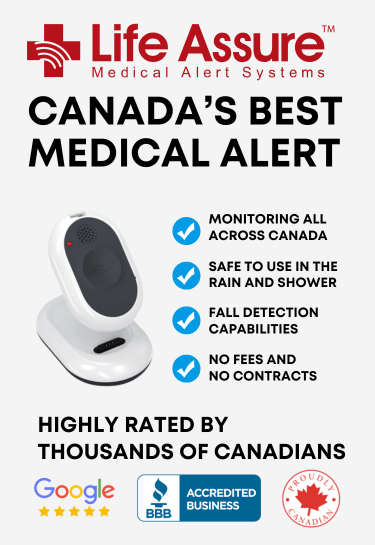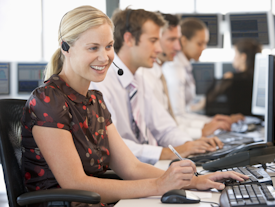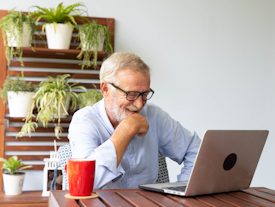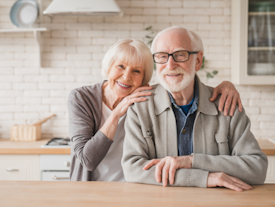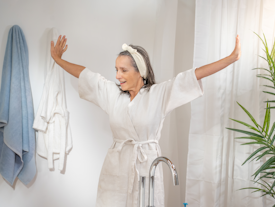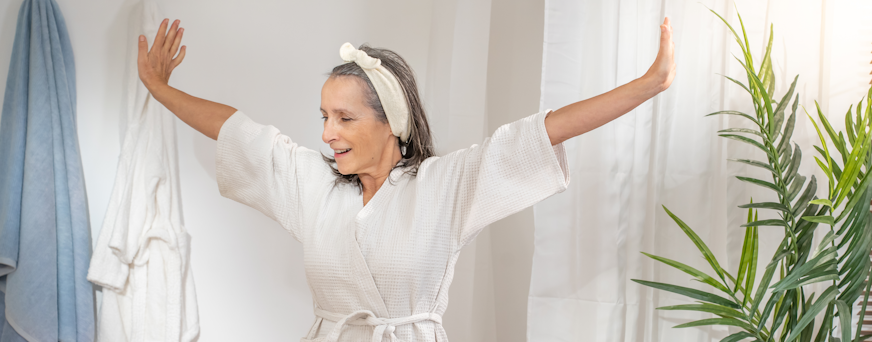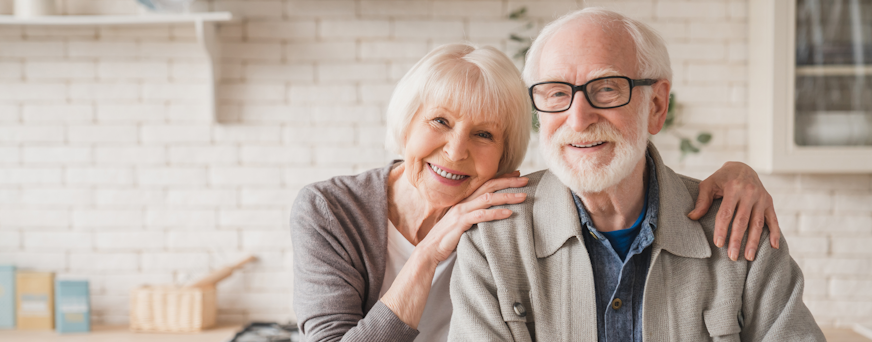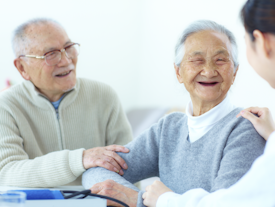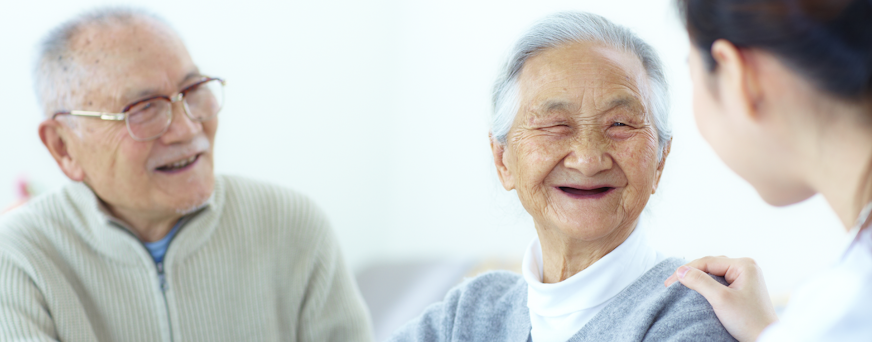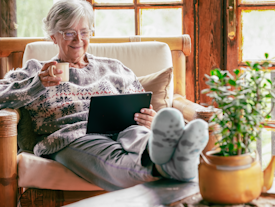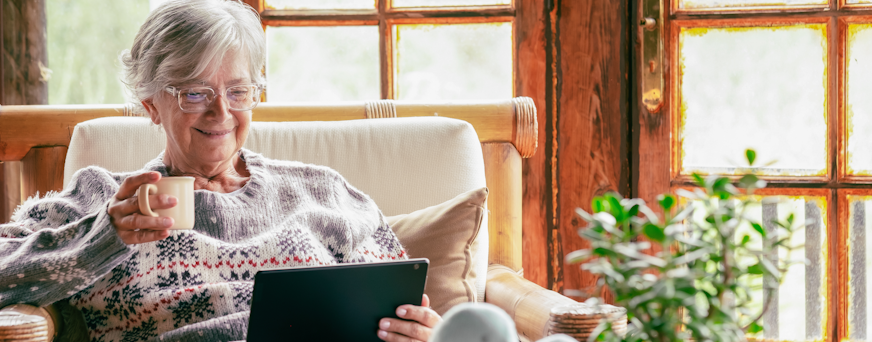Top Senior Safety Tips: Protect Your Loved Ones From Falls And Injuries
For Canadian seniors, living at home offers comfort but also requires attention to safety, especially as the risk of falls increases with age. Falls are a leading cause of injury among older adults, making it essential to focus on senior safety. Learn practical tips to help seniors prevent falls and maintain a safe home environment. Whether you're ensuring your safety or caring for a loved one, these strategies aim to support a safer, more independent lifestyle.
Life Assure Product Quiz
Find The Perfect Medical Alert Device
Take our 30 second quiz and discover which Life Assure medical alert device is the right fit for you or a loved one.
Life Assure Product Quiz
Find The Perfect Medical Alert Device
Take our 30 second quiz and discover which Life Assure medical alert device is the right fit for you or a loved one.
Understanding The Importance Of Senior Safety At Home
For Canadian seniors, the comfort of home can sometimes come with hidden risks. Fall accidents aren't just minor mishaps – they're the number one reason seniors end up in the hospital due to injury.
When an older person falls, the consequences can be severe. Broken bones and head injuries are common, but the impact goes beyond physical harm. A fall can shatter a senior's confidence, making them hesitant to move freely in their home. This fear can lead to declining independence and overall quality of life.
That's why taking a proactive approach to home safety is crucial. Families and caregivers can create a secure environment where seniors can thrive by identifying and addressing potential hazards. With the right precautions, older adults can enjoy their golden years at home with greater peace of mind, maintaining their independence and zest for life.
Fall Prevention: Key Strategies For Seniors
Slips and tumbles pose a serious risk for older adults, but with some smart changes around the house, many falls can be avoided. Here are some ways to keep seniors steady and confident in their movements.
1. Keep Pathways Clear
A clutter-free home reduces unexpected hazards. Designating specific spots for frequently used items and using shelves or baskets keeps spaces organized. Keeping floors clear and doing a quick sweep before bedtime helps prevent tripping risks.
By keeping walkways open and tidy, seniors can move about their homes with greater ease and reduced risk of tripping. Remember, a clear path is a safe path.
2. Install Proper Lighting
Adequate lighting in seniors' homes helps prevent falls by improving visibility and reducing the chances of tripping over obstacles or misjudging steps. Well-lit hallways, staircases, and bathrooms ensure seniors can navigate their homes safely, especially at night.
Brighter, energy-efficient LEDs improve overall illumination, while night lights in hallways and bathrooms guide late-night movement. Motion-sensor lights on staircases and entryways also provide hands-free lighting that enhances safety. Keeping critical areas well-lit reduces the risk of falls.
3. Get A Grip On Slippery Surfaces
Slippery surfaces in seniors' homes pose a significant risk of falls, which can lead to serious injuries. Older adults often have reduced balance and mobility, making them more susceptible to slips and accidents.
Keeping floors dry, non-slip, and well-maintained is key to a safe home. Bathrooms and kitchens can be especially hazardous when wet, so boosting traction in these rooms is essential. Non-slip mats, adhesive strips for rugs, and textured flooring help reduce fall risks.
4. Corral Those Cords
Keeping cords and wires out of walking areas in seniors' homes is essential to prevent tripping hazards. Seniors may have slower reaction times and difficulty regaining balance if they stumble over an obstacle, increasing the risk of falls.
Securing or organizing cords along walls or using cordless alternatives helps create a safer and more accessible living space. Using cord organizers to bundle cables neatly, opting for wireless devices when possible, and regularly inspecting and replacing frayed or damaged wires can minimize risks and ensure a clutter-free environment.
5. Step Up Your Shoe Game
Proper footwear helps prevent falls by providing stability, support, and traction. Non-slip soles, a secure fit, and cushioning reduce slipping and balance issues. Avoiding loose or worn-out shoes improves mobility and safety.
Beyond Fall Prevention: Creating A Safer Home
While preventing falls is important, there's more to senior safety at home. Additional safety measures for seniors to help prevent accidents and emergencies include installing grab bars and handrails, ensuring easy access to emergency contacts, maintaining regular health check-ups, and using assistive devices.
1. Install Grab Bars And Handrails
For extra support, install sturdy grab bars and handrails in key areas like showers, near toilets, staircases, and hallways.
Grab bars and handrails should be securely anchored to wall studs for stability. They should be positioned at a comfortable height (typically 33-36 inches from the floor) and have a slip-resistant surface for a firm grip. Regularly checking for looseness and ensuring they support at least 250 pounds can help maintain their effectiveness and safety for seniors.
2. Keep Emergency Contacts Close
In a crisis, quick access to help is crucial. Post emergency numbers by the phone in large print, including family, doctors, and local services. Keep a copy in wallets or purses for easy access on the go.
3. Stay On Top Of Your Health
Good health maintenance supports safety for seniors by reducing the risk of falls, injuries, and medical emergencies. Regular check-ups, medication management, and staying physically active help maintain strength, balance, and overall well-being, allowing seniors to navigate their environment more safely.
Scheduling yearly vision and hearing tests ensures that any sensory impairments are addressed. Keeping up with routine health screenings also plays a vital role in detecting and managing potential health issues before they become serious concerns.
4. Use Assistive Devices
Common assistive devices that enhance safety for seniors include canes, walkers, grab bars, and stair lifts, all designed to improve stability and mobility. When selecting a device, ensure it is the right fit, properly adjusted, and meets the user’s needs. Regular maintenance and proper usage, such as learning how to use a cane or walker correctly, are essential for effectiveness. Consulting a healthcare professional can help determine the best options for individual safety and comfort.
Building A Support Network
Safety isn't a solo effort; engaging family and the community helps create a strong support system for seniors. Encouraging loved ones to assist with regular home safety checks ensures potential hazards are identified and addressed. Exploring local programs that offer resources for seniors can also provide valuable assistance. Fostering open conversations about changing needs and concerns allows for proactive planning and ensures that seniors receive the support they need to stay safe and independent.
Conclusion
Taking proactive steps to enhance senior safety and well-being helps prevent accidents and ensures a more comfortable, independent lifestyle. By making small but meaningful changes—such as improving home safety, using assistive devices, and staying engaged with healthcare and community support—you can create a secure and supportive environment for yourself or your loved ones.


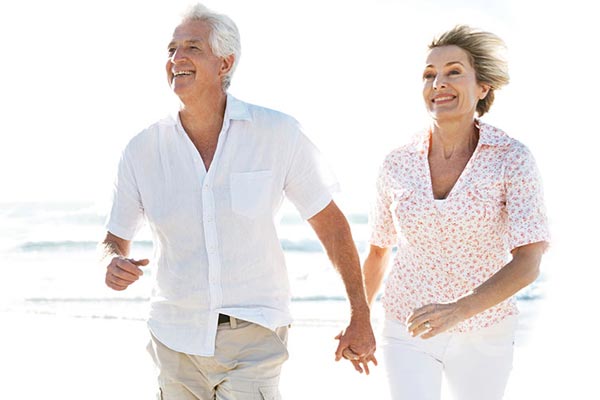
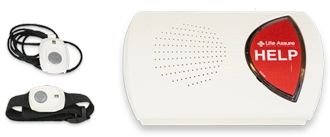
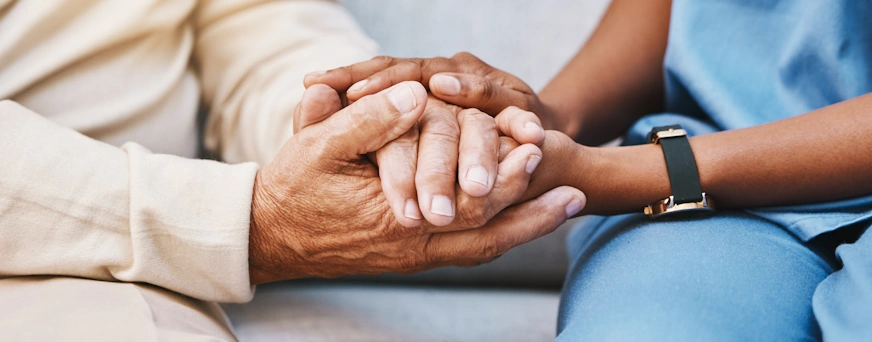
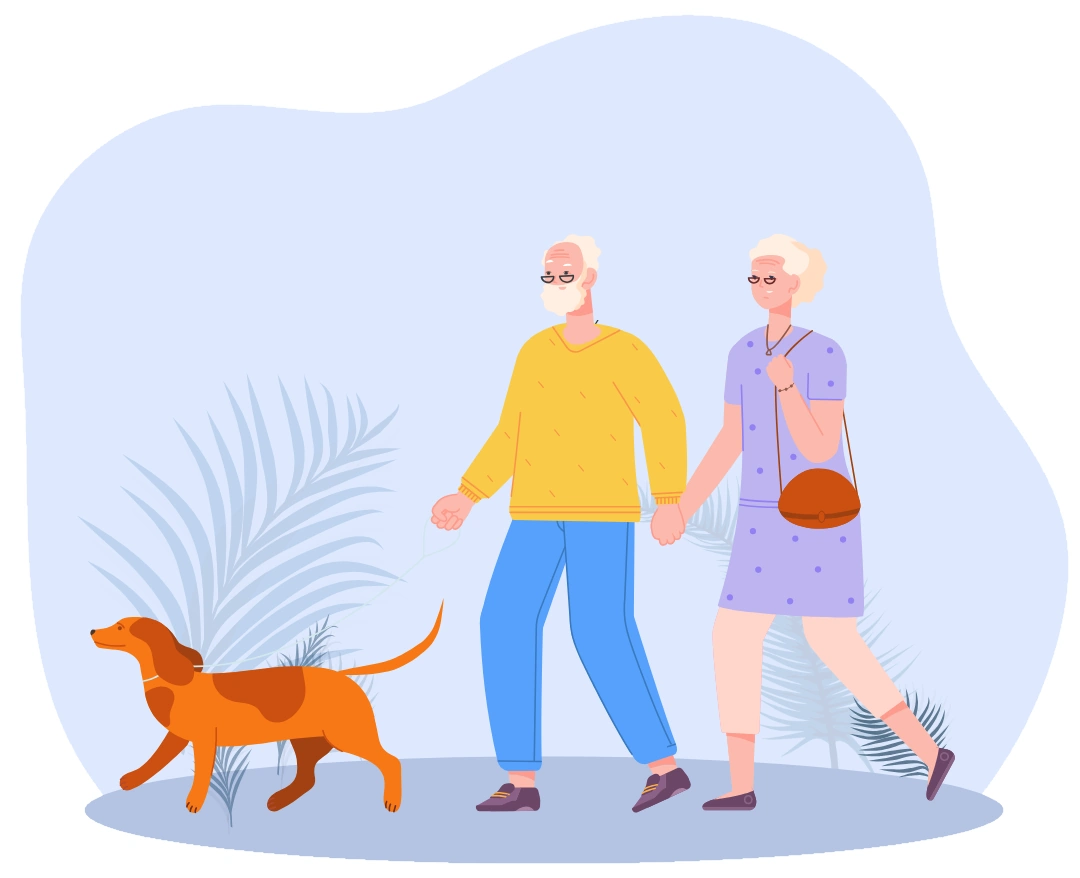
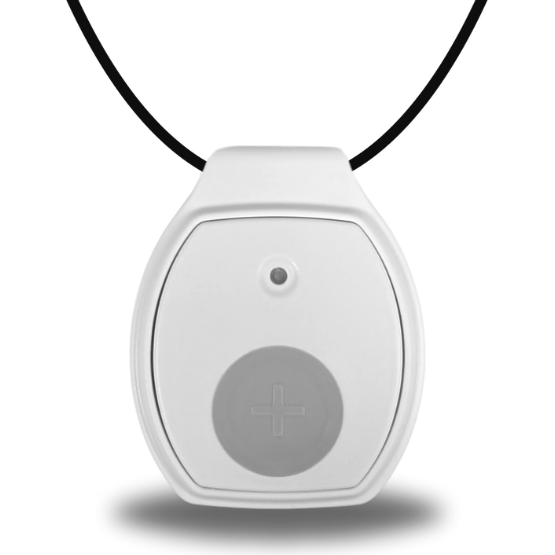


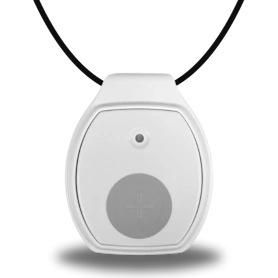
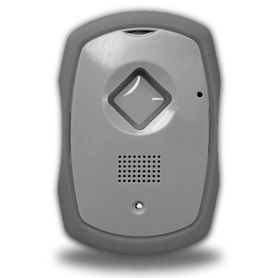
 Get Help With The Push Of A Button
Get Help With The Push Of A Button